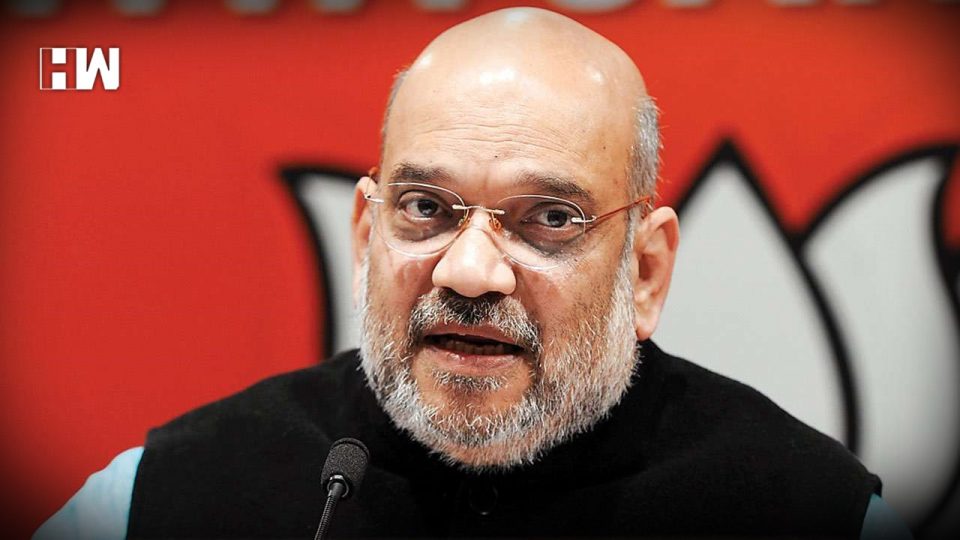Srinagar | The state of Jammu and Kashmir is on the first page of the re-elected PM Modi’s new Home Minister Amit Shah’s priority list. Many think that the first thing which the newly appointed minister of Home Affairs will do in the state of Jammu and Kashmir, is scrapping of Article 370 and 35A, however, Amit Shah’s agenda for the state has some other plans.
With rounds of meeting with Governor Satyapal Malik, Intelligence Bureau Director Rajiv Jain and Home Secretary Rajiv Gauba, Amit Shah is looking to redrawing the long pending delimitation of constituencies in the state by appointing a new Delimitation Commission. Sources state that the Home Ministries Jammu and Kashmir division is also set to be restructured for this purpose.
The state of Jammu and Kashmir is currently under the President’s rule since December 2018 and is likely to be extended till July 2019. The idea behind delimitation of the constituencies to redraw the scope and size of the Assembly constituencies and determine the number of seats to be reserved for SC.
The reason stated behind this entire process is to provide representation to all reserved categories in the State Assembly like Gujjars, Bakerwals and Gaddies who were given Scheduled Tribe status in 1991 and form 11% of the total population.
The state assembly currently has seven seats reserved for the Scheduled Caste all in the Jammu Division- Chamb, Domana, Ranbir Singh Pura, Samba, Hiranagar, Chenani and Ramban (separate) in Jammu, Kathua and Udhampur district, respectively. All these seats haven’t been rotated since 1996.
The state assembly of Jammu and Kashmir is constituted based on the 1939 Maharaja’s Constitution of Jammu and Kashmir. After its accession in India, the first Sheikh Abdullah government carved out 30 seats for Jammu region, 43 seats for Kashmir region and two seats for Ladakh region. While the present assembly consists of 87 elected seats: 46 from Kashmir, 37 from Jammu and 4 from Ladakh.
Acting on the previous PDP-BJP government proposal the cabinet committee has referred the issue to a high-level bureaucratic panel but the proposal didn’t move ahead. Similarly, the Ghulam Nabi Azad led PDP-Congress government also recommended a proposal of 25 percent all-round increase of the assembly seat in all the three regions of the state which could have added 25 constituencies in the state assembly. However, the Congress-PDP alliance didn’t have a two-thirds majority in the assembly and were opposed by the National Conference.
The last delimitation process in the state took place in 1995 under the president rule by Justice (retd) K.K. Gupta commission. Meanwhile, the constitution of India provides for delimitation every 10 years which means that the next delimitation of assembly constituencies should have been logically held in 2005. However, the Farooq Abdullah government in 2002, froze the delimitation process till 2026 by amending the Jammu and Kashmir Representation of People Act 1957 and Section 47(3) of the Constitution of Jammu and Kashmir.
Only the Governor can amend the section 47 of the Constitution to delete the objectionable provision which barred the setting up of a Delimitation Commission. Furthermore, Section 3 of the Representation of the People Act gives the Governor the mandate to constitute a Commission.
(With Inputs from IANS)
As an independent media platform, we do not take advertisements from governments and corporate houses. It is you, our readers, who have supported us on our journey to do honest and unbiased journalism. Please contribute, so that we can continue to do the same in future.

